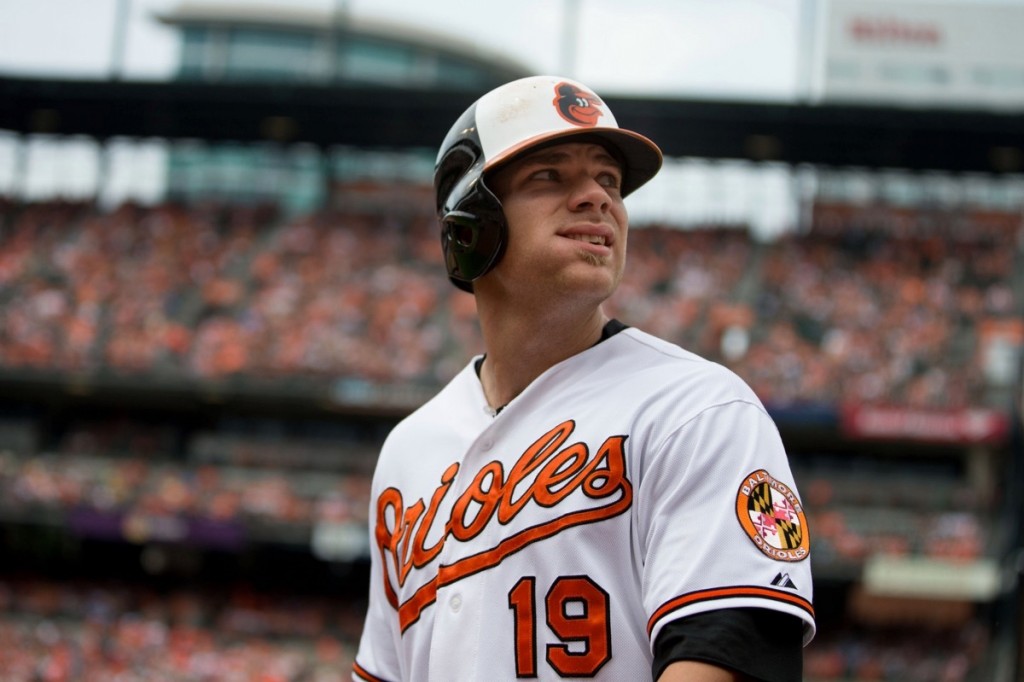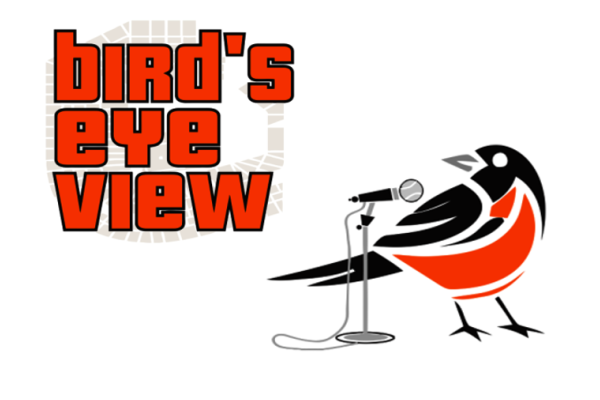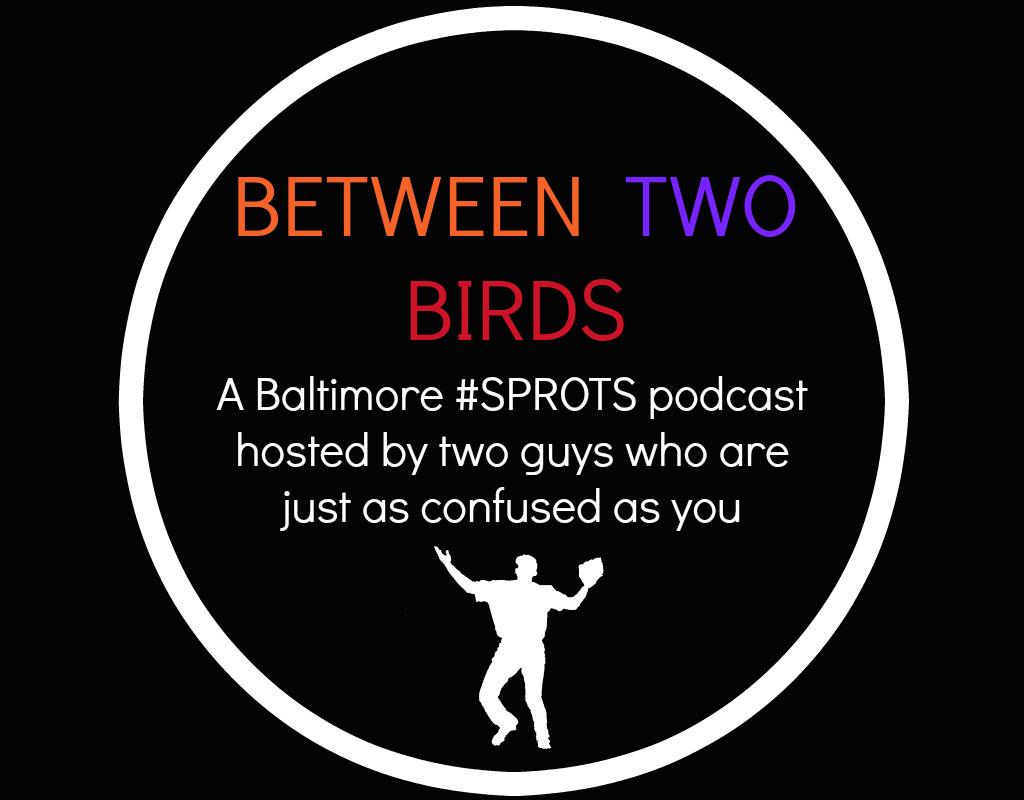
Stop me if you have heard this before: the Orioles do not like to spend money on free agents during the offseason. You probably tried to stop me after the word “like.”
The Orioles have gone into the offseason the last several years tied to big name players, being that they are perennial contenders ever since their 2012 resurgence. Has the winning change what they do in the offseason? Not really, at that is okay.
Many fans and even analysts seem critical of this strategy, simply because it can be easily perceived as lazy or inadequate management. If they want a good example of that, they can look back to the 2004 offseason for the Orioles.
In one offseason, the Orioles signed Javy Lopez, Miguel Tejada and Rafael Palmeiro. Those three players added $15 million to the payroll in 2004 which went up to $21 million between the three players, not even including Sammy Sosa‘s $17 million, one year deal which he signed for the 2005 season.
In 2005, Sammy Sosa finished last in WAR on the Orioles (-1.0) and was the highest paid player on the team. Rafael Palmeiro finished with a 0.2 WAR and was the sixth highest paid player on the team. That is money not well spent.
For a little perspective, Brian Roberts had a salary of $390,000 in 2005 and finished with a 7.2 WAR.
By the 2006 season, two of the first three players mentioned above: Tejada and Lopez, were in the third year of their respective deals. Rafael Palmeiro only had a one year deal with a club option for $4.5 million for 2005.
Javy Lopez, due to make $9 million, posted a 0.1 WAR at the age of 35, not able to play catcher anymore.
Out of all of these contracts, the Miguel Tejada one was the most logical, if you want to use that word. After four years of Tejada being arguably the best player on the Orioles in that time frame, he was traded to the Houston Astros for Luke Scott, Troy Patton, Matt Albers, Dennis Sarfate and Mike Constanzo. I’m still convinced to this day Mike Constanzo is not a real person.
The Orioles were able to dump Tejada, who had two years left and was owed over $28 million total. Tejada never posted another WAR over 2 after he was traded away from Baltimore. This move, along with trading away Erik Bedard, who had a team friendly contract at the time, helped pave the way for how the Orioles operate today.
The man behind the two trades above was Andy MacPhail. Say what you want about the guy but he is one of the architects of the current Orioles success.
He helped acquire Adam Jones, a five time All Star, four time Gold Glover, Silver Slugger and Chris Tillman, a one time All Star who has been a staple in the Orioles rotation for the past four seasons. He also hired Buck Showalter to manage the Orioles, traded Jim Hoey for J.J. Hardy and acquired some guy named Chris Davis and Tommy Hunter from the Texas Rangers for Koji Uehara.
The next season, the Orioles would beat said Rangers, Uehara included, in the first ever Wild Card playoff game, eliminating them from the 2012 postseason.
These moves that led to success were made with brains, not money.
Even after all of this success through trading, and even bringing up some talent from the minor league system including Manny Machado, Zach Britton, Matt Wieters, and Kevin Gausman just to name a few, many who follow the Orioles still believe that the best course of action is to go out and spend money in free agency unwillingly and with no remorse.
Baltimore is a small market, meaning that the Orioles are small market team. Small market teams do not go out and spend big money during the offseason on top free agents. If anything, they go after the second-tier guys who are still good and can possibly mesh with the existing talent on the team already.
The Oakland Athletics, with a payroll of $56 million in 2012, won 94 games and were the AL West Champions.
Josh Reddick, who had an average annual value of $485,000, was a 5.0 WAR player and the best on the team. They signed a guy named Yoenis Cespedes, a free agent from Cuba, for four years and at $36 million, a bargain considering the return they got from Cespedes.
Now of course the Athletics lost in the ALDS to the Detroit Tigers but that is not reflection on their season. The playoffs are a crap-shoot that is all about getting hot at the right time. Case in point: the 2014 and 2015 Kansas City Royals.
But that all is beside the point because the Athletics proved that you can build a team through trading, signing lower-tier free agents and the players that thrive in your farm system and be good enough to make it to the postseason.
The Orioles are not the Yankees, the Dodgers, the Red Sox or even the Nationals and they most likely will not be for the foreseeable future. The Orioles have to spend within their means, which equals out to spending smart, spending in the areas where it is needed and making sure resources do not go to waste, or attempt to make sure they do not.
This is not the popular way to do things; many think it is not the correct way either and that is okay. If you base a team’s success on their activity during the offseason: the Yankees and Red Sox would be in the ALCS every year with the Dodgers and Marlins battling it out in the NLCS every October.
The offseason is meant to judge who handles their team the best and can do the most with the least presented. The trade to acquire Mark Trumbo and C.J. Riefenhauser for Steve Clevenger is a move I like very much. It brought in another power hitter to an already dangerous Orioles lineup along with a young left handed arm with good upside as a possible bullpen arm.
You acquire those two players and only gave up a third string catcher who has deplorable defense and is an average hitter, at best? That is a smart move any day of the week.
That is not meant to say that it will be the only move the Orioles make this offseason, for obvious reasons. When it comes to the possible re-signing of Chris Davis, I am split on whether I would want him back on the team or not.
Davis is one of the games best power hitters currently who has been a staple in the middle of the lineup for the last four seasons, but there are very noticeable flaws in his game that I would not be okay with him having if he was to be earning upwards of $20 million annually.
Also, if you bring in Chris Davis, you most likely would start with an outfield consisting of Adam Jones and possible two cardboard cutouts of Adam Jones, depending on if it’s a right hander or left hander on the mound that day.
The outfielders currently on the Orioles 40 man roster include Dariel Alvarez, L.J. Hoes, Adam Jones, Junior Lake, Nolan Reimold, Mark Trumbo, and Henry Urrutia. Most likely, Trumbo will be a first baseman or designated hitter and will not see extended time in the outfield.
This leaves some combination of Alvarez, Hoes, Lake, Reimold and Urrutia and that makes me not think the Orioles are legitimate contenders in 2016.
Out of that group, I would only feel comfortable starting Dariel Alvarez and Nolan Reimold and even then I do not think they would deserve it.
I would rather have money that would be possibly put towards Chris Davis be spread out between somebody like Alex Gordon, Denard Span or even Jason Heyward, if the Orioles are willing to go big or go home for Heyward.
All of this boils down to one thought for me: I am glad I do not call the shots. I envy any general manager that can make these moves and be in the mindset that it is the best for their team when it could end horribly.
I am not saying Dan Duquette is the perfect guy to be running the Orioles, being the state the team is currently in, but he has proven that when he puts his mind to work, he can find that diamond in the rough. He has done it time and time again.
Nobody knows what the rest of the offseason holds for the Orioles. With the acquisition of Mark Trumbo and C.J. Riefenhauser, it is already a better offseason that followed the 2014 season which is a very sad thing to realize. The team is clearly not done making moves, I just hope they are not done making smart moves.


